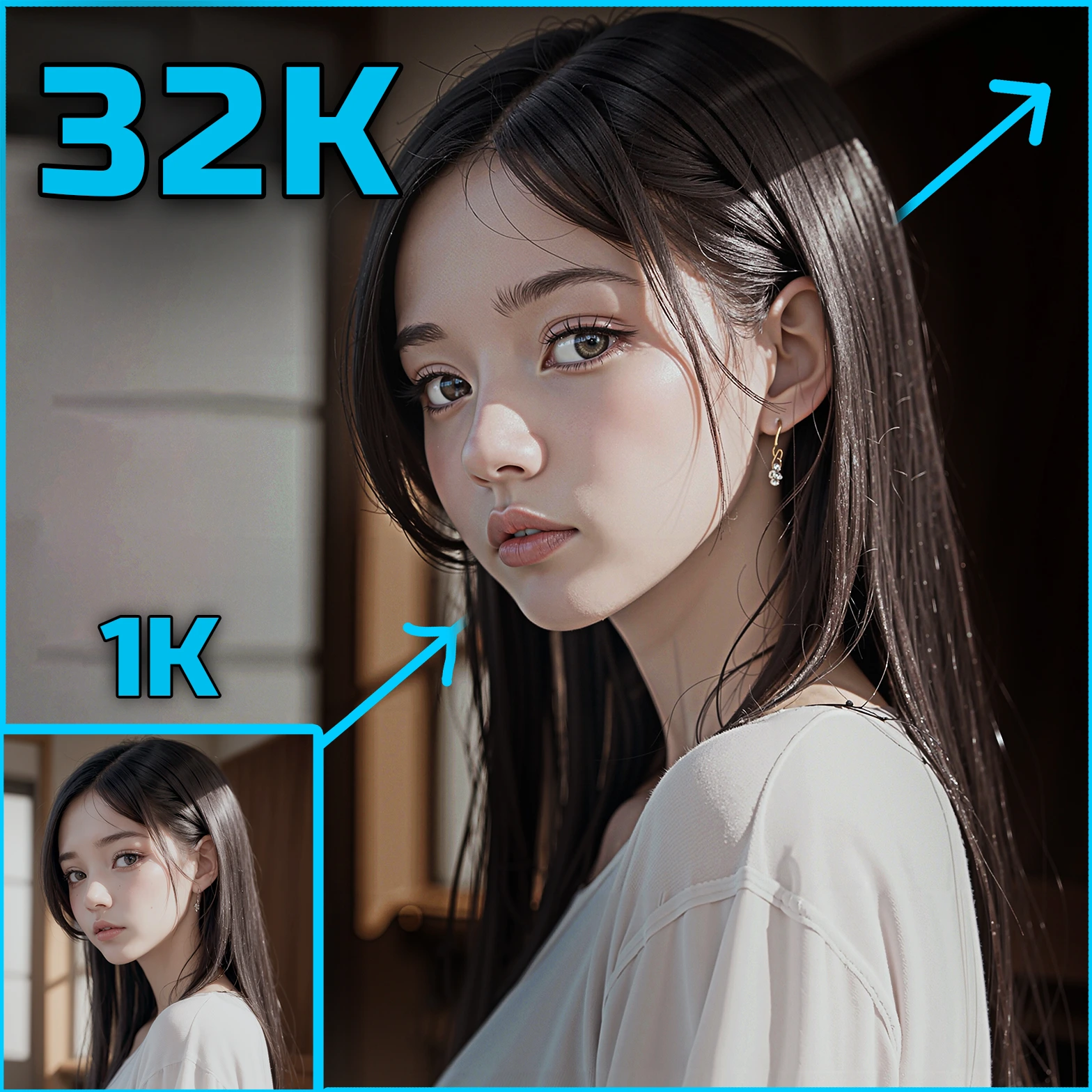ComfyUI Node: Replicate ai-forever/kandinsky-2.2
Replicate ai-forever_kandinsky-2.2
CategoryReplicate
fofr (Account age: 1893days) Extension
comfyui-replicate Latest Updated
2024-11-05 Github Stars
0.18K
How to Install comfyui-replicate
Install this extension via the ComfyUI Manager by searching for comfyui-replicate- 1. Click the Manager button in the main menu
- 2. Select Custom Nodes Manager button
- 3. Enter comfyui-replicate in the search bar
Visit ComfyUI Online for ready-to-use ComfyUI environment
- Free trial available
- 16GB VRAM to 80GB VRAM GPU machines
- 400+ preloaded models/nodes
- Freedom to upload custom models/nodes
- 200+ ready-to-run workflows
- 100% private workspace with up to 200GB storage
- Dedicated Support
Replicate ai-forever/kandinsky-2.2 Description
Generate high-quality images effortlessly using Kandinsky 2.2 model on Replicate platform.
Replicate ai-forever/kandinsky-2.2:
The Replicate ai-forever_kandinsky-2.2 node is designed to interface with the Kandinsky 2.2 model hosted on Replicate, a platform for running machine learning models. This node allows you to generate images based on input parameters, leveraging the powerful capabilities of the Kandinsky 2.2 model. The primary goal of this node is to simplify the process of generating high-quality images by handling the complexities of model interaction, input conversion, and output processing. By using this node, you can focus on the creative aspects of your work, while the node takes care of the technical details, such as converting input images to base64 format and managing the output images. This makes it an invaluable tool for AI artists looking to streamline their workflow and produce stunning visual content with ease.
Replicate ai-forever/kandinsky-2.2 Input Parameters:
force_rerun
This parameter determines whether the model should be rerun even if the inputs have not changed. Setting this to True forces the model to execute again, which can be useful for generating variations or ensuring the latest model updates are applied. The default value is False.
input_image
This parameter accepts an image that will be used as the input for the model. The image can be in various formats, but it will be converted to a base64 string before being sent to the model. This conversion ensures compatibility and efficient transmission. There is no default value, and the parameter must be provided for the node to function.
other_parameters
These are additional parameters that the model might require, depending on its specific schema. These parameters can include text prompts, numerical values, or other data types that influence the model's behavior and output. The exact parameters and their default values will depend on the model's schema and should be specified accordingly.
Replicate ai-forever/kandinsky-2.2 Output Parameters:
IMAGE
The primary output of this node is an image or a batch of images generated by the Kandinsky 2.2 model. The output is processed and converted into a tensor format, which can be easily used in subsequent nodes or saved as an image file. This output is crucial for visualizing the results of the model and further refining the generated content.
TEXT
In some cases, the model might produce textual output, which is returned as a string. This can include descriptions, labels, or other relevant information generated by the model. The textual output is useful for understanding the context or metadata associated with the generated images.
Replicate ai-forever/kandinsky-2.2 Usage Tips:
- Ensure that your input images are of high quality and appropriately preprocessed to achieve the best results from the model.
- Experiment with different input parameters and settings to explore the full range of capabilities offered by the Kandinsky 2.2 model.
- Use the
force_rerunparameter judiciously to avoid unnecessary reruns and save computational resources.
Replicate ai-forever/kandinsky-2.2 Common Errors and Solutions:
Failed to download image. Status code: <status_code>
- Explanation: This error occurs when the node is unable to download the generated image from the provided URL.
- Solution: Check your internet connection and ensure that the URL is correct and accessible. If the issue persists, try rerunning the node.
No output received from the model
- Explanation: This error indicates that the model did not return any output.
- Solution: Verify that all required input parameters are provided and correctly formatted. Ensure that the model is properly configured and accessible.
Invalid input image format
- Explanation: This error occurs when the input image is not in a supported format or cannot be converted to base64.
- Solution: Ensure that the input image is in a valid format (e.g., PNG, JPEG) and try again. If using a tensor, make sure it is correctly formatted and convertible to an image.
Replicate ai-forever/kandinsky-2.2 Related Nodes
RunComfy is the premier ComfyUI platform, offering ComfyUI online environment and services, along with ComfyUI workflows featuring stunning visuals. RunComfy also provides AI Playground, enabling artists to harness the latest AI tools to create incredible art.



